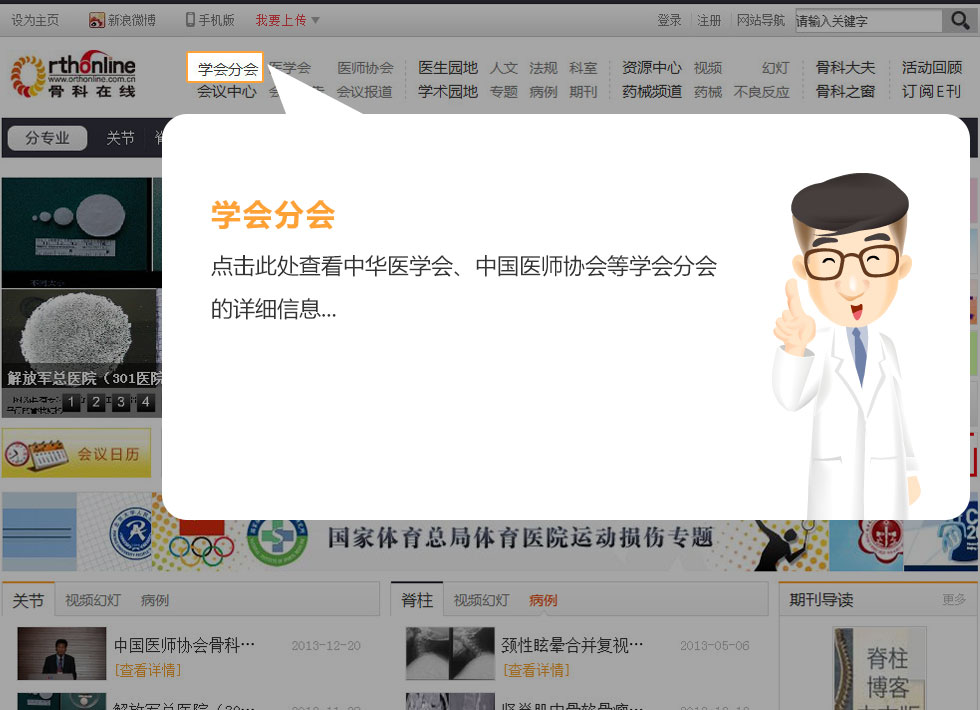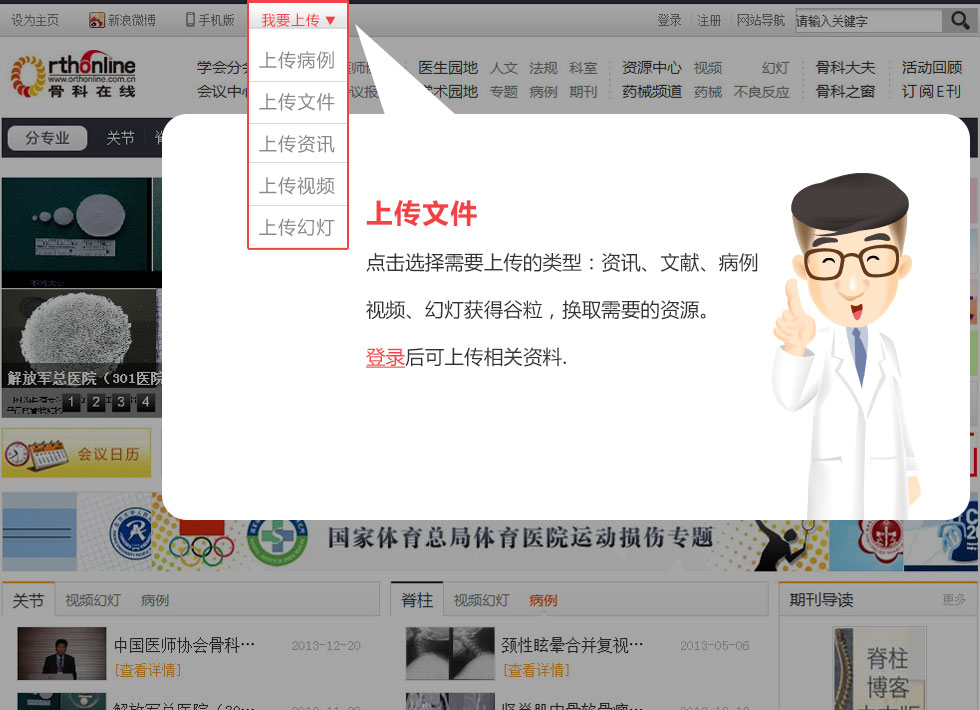Reflection on Infection
第一作者:Michelle S. Caird
2015-01-07 我要说
Patients with neuromuscular scoliosis are a diverse group who are challenging to treat, with higher rates of surgical site infection following posterior spinal fusion than patients with idiopathic scoliosis. Surgical site infection after posterior spinal fusion is costly, is difficult to manage, and may require multiple procedures including implant removal. Ramo et al. performed a retrospective review of patients at one institution who underwent posterior spinal fusion for neuromuscular scoliosis over a thirty-year period. They examined surgical site infection in this population and reviewed patient and treatment factors associated with surgical site infection.
The study, which spans three decades, is the largest reported in the literature, with 428 patients and an overall surgical site infection rate of 10.3%. Important highlights from the analyses that are consistent with other published reports include a 22% infection rate for the sixty-five patients with myelomeningocele, a high rate of gram-negative infections (41%), and a high rate of polymicrobial infections (45%). On multivariate logistic regression analysis, factors that were significantly related to surgical site infection included incontinence, inadequate cefazolin dosing for weight (≤20 mg/kg), occurrence of other major complications, and length of hospital stay.
Although retrospective, the study provides excellent information based on the very large number of patients included. In addition, the length of time over which the study was conducted allows a look at changes in practice with posterior spinal fusion in neuromuscular scoliosis over three decades. The infection rate was examined by decade, and although univariate analysis showed it to be higher earlier in the study period, this was not significant on multivariate analysis.





 京公网安备11010502051256号
京公网安备11010502051256号